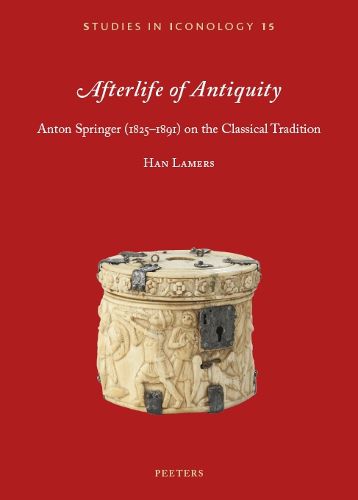Afterlife of Antiquity: Anton Springer (1825-1891) on the Classical Tradition
H. Lamers

Afterlife of Antiquity: Anton Springer (1825-1891) on the Classical Tradition
H. Lamers
This essay deals with the early history of the notion of an ‘afterlife
of antiquity’ as a metaphor for thinking about antiquity’s continued
presence in later periods. Nachleben der Antike is often
associated with Aby Warburg and Renaissance art but was first applied to
the classical tradition of the Middle Ages by the Czech-German historian
Anton Heinrich Springer (1825-1891). His provocative essay on the
subject, first published in 1862, is a very early attempt to emancipate
the classical tradition from strait-laced classicism and to see it as a
historical problem. Springer’s approach anticipated some important later
trends in understanding antiquity’s continued presence and significance.
Afterlife of Antiquity returns something of the original
resonance to Springer’s idea and sheds light on its significance in the
history of scholarship. Recognizing some of the theoretical tensions
inherent in Springer’s discussion, the current work examines how the
notion of an afterlife of antiquity was embedded in the author’s wider
interest in artistic tradition and how he used it as a polemical concept
targeting both anti-classicizing Romanticist and traditional humanist
views of medieval culture. This issue of Studies in Iconology
also includes the first English translation of Springer’s Das
Nachleben der Antike im Mittelalter, a largely forgotten classic of
humanities scholarship, read and admired by Aby Warburg and Erwin
Panofsky.
This item is not currently in-stock. It can be ordered online and is expected to ship in approx 4 weeks
Our stock data is updated periodically, and availability may change throughout the day for in-demand items. Please call the relevant shop for the most current stock information. Prices are subject to change without notice.
Sign in or become a Readings Member to add this title to a wishlist.


